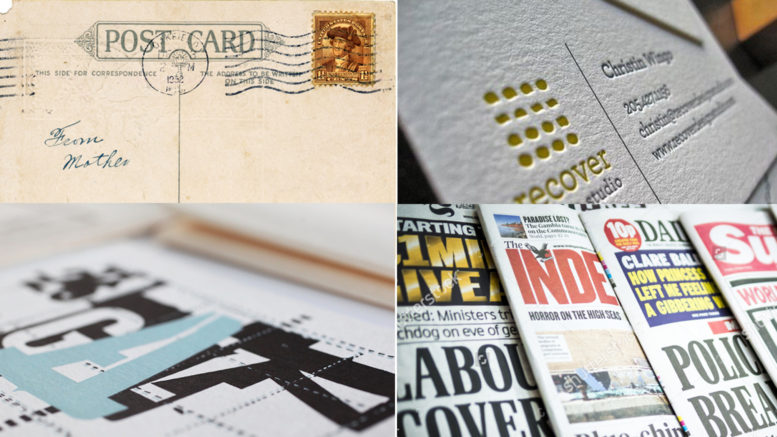The Impact of the Printing Press on the World

Printing Before Gutenberg
Gutenberg is frequently referred to as the “Father of Printing.” Given that he did not create the technology, it is more correct to call him the father of modern printing. Printing, in reality, was invented in China over a thousand years ago.

Information flowed freely across national lines and between social classes. Literacy among the lower classes increased dramatically as a result of printing. Knowledge was no longer a monopoly of the elite and religious leaders. Teacher-student connections were no longer the sole source of ideas.
Printing aided the spread of ideas that were counter to popular belief, particularly scientific discoveries approved by religion. During the Protestant Reformation, it was crucial. It also aided the spread of scientific views contrary to those advocated by the Church, such as Copernicus’ Heliocentric Model.
The Printing Press’s Invention
English text had to be written by hand in the 1430s, which was prone to many errors. Growing literacy, particularly among the middle class, spurred a demand for literature formerly solely available to the wealthy.

Johannes Gutenberg worked on constructing the printing press while battling debt from a past financial misfortune. He saw the need for books and realized how profitable it would be for him to mass produce a low-cost commodity. Gutenberg drew inspiration for his famous printing press from East Asian movable types and European farmers’ screw type presses.
The letter moulds were a key contribution by Gutenberg. He employed metal alloy to make robust types, drawing on his early understanding of goldsmiths and metallurgy. He also tweaked an existing oil-based ink to fit his press’s needs.
The new printing system that was developed was nevertheless time-consuming. It was, nonetheless, the simplest and most efficient technique available at the time. For a single page of text, arranging the letters in a type tray required a whole day, but the letters’ durability and the tray itself allowed for a more cost-effective approach to mass manufacturing.
Unfortunately, when the first finished copies of the Gutenberg Bible were sold, Gutenberg’s rights to it, as well as his operation, were no longer in his possession. Johann Fust, his banker and business partner, sued him. Gutenberg returned to his hometown in Germany to continue his printing business. In 1468, he died a poor man.
The Revolution in Printing
For 300 years, Gutenberg’s approach remained substantially unchanged. News and books moved more quickly across Europe. The lower class’s inexpensive, mass-produced books overtook the elite’s exquisite, handwritten literature. This had a number of ramifications, particularly in the fields of science, religion, and society.
As the cost of books decreased, the average person’s literacy increased dramatically. They even organised annual book fairs in some of Europe’s largest cities. This made it easier to conduct study and disseminate scientific findings, which sparked the Renaissance movement.
Only the Catholic Church had the authority to interpret the Scriptures before the printing press. With Martin Luther and the Protestant Reformation, this was reversed. His 95 Theses employed broadsheets to propagate his anti-indulgences protest, the same broadsheet that later became the newspaper.

The development of printing altered Europe’s labour structure, with printers emerging as new artisans. Along with the expansion of the book industry and libraries, proofreading and layouting were new professions. Thousands of proofreaders, layout artists, and printing service providers, like us at PrintRunner, continue to work in this field today. Gutenberg’s printing press and his legacy continue on.
For any sort of printing query and services contact us on http://www.truecolours.pk
Comments
Post a Comment